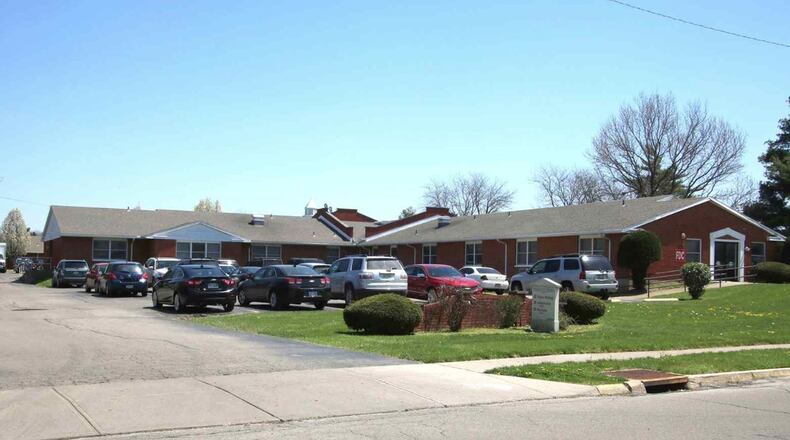The state inspectors, also called surveyors, look for whether a facility uses proper infection prevention and control practices , meeting U.S. Centers for Medicare & Medicaid standards. Nursing homes have had both general inspections focused on infection control and inspectors have also surveyed facilities after complaints or outbreaks to check compliance.
Hospitality Center failed to complete daily assessment screenings for five of 10 residents in a quarantine unit, state inspectors wrote in a report. Several residents were moved to the quarantine unit because of respiratory symptoms but were not tested for COVID-19. Also, the report says the facility didn’t dispose of biohazard trash in a manner to prevent flying insects on the quarantine unit, and observed flies buzzing around one resident’s face.
No residents experienced a negative outcome from the deficiencies as cited, the report says, and the nursing home has since completed a list of corrective actions, such as training and staff education.
Along with getting back into compliance on those issues, Paul Bergsten, CEO with Hillstone Healthcare, which operates the Xenia nursing home, said CMS data shows shows the company has had less cases per facility on average up to this point than most nursing home providers in the state.
"We are remaining humble but vigilant with our processes that have done so well for us up to this point,” Bergsten said.
The nursing home has had one previous resident coronavirus case and three previous staff cases since the start of the pandemic.
Other local nursing homes with large outbreaks were found by inspectors to have followed all COVID-19 infection control protocols set by U.S. Centers for Medicare & Medicaid.
Most nursing homes have not been cited for infection control problems during the pandemic. Ohio Department of Health lists 115 nursing homes that have been cited for infectious disease issues between April 1 and Aug. 30.
Some nursing homes could use better infection control procedures, said Robert Applebaum, with Scripps Gerontology Center at Miami University. But with most facilities that have had COVID-19 outbreaks, he said it is more a reflection of how much the virus is spreading in the community where the workers are.
Applebaum contributed to a study published in June that did not find any link between a nursing home having a resident positive for COVID-19 and a facility’s quality rating from the federal government.
“If you look nationally, the state’s where nursing homes have more COVID are states where there’s more COVID in the general population,” Applebaum said. “Could some nursing homes have better infection control? Sure. But most of this is driven by how many people out in the world have it.”
By the numbers
Before the pandemic, in Ohio there were:
73,000 nursing home residents
35,000 assisted living residents
Source: Scripps Gerontology Center
Have a nursing home concern? How to get help
The Long-Term Care Ombudsman Program advocates for residents rights in nursing homes and in other types of long-term care, such as assisted living and homes for people with developmental disabilities.
Residents and families with concerns can reach the Dayton-area office at (937) 223-4613 or 1-800-395-8267 or file a complaint online at dayton-ombudsman.org. The Dayton-area office serves Montgomery, Preble, Greene, Clark, Miami, Darke, Logan, Shelby and Champaign counties.
To file a complaint with the state, people can call Ohio Department of Health at 1-800-342-0553 or can email HCComplaints@odh.ohio.gov.
About the Author
